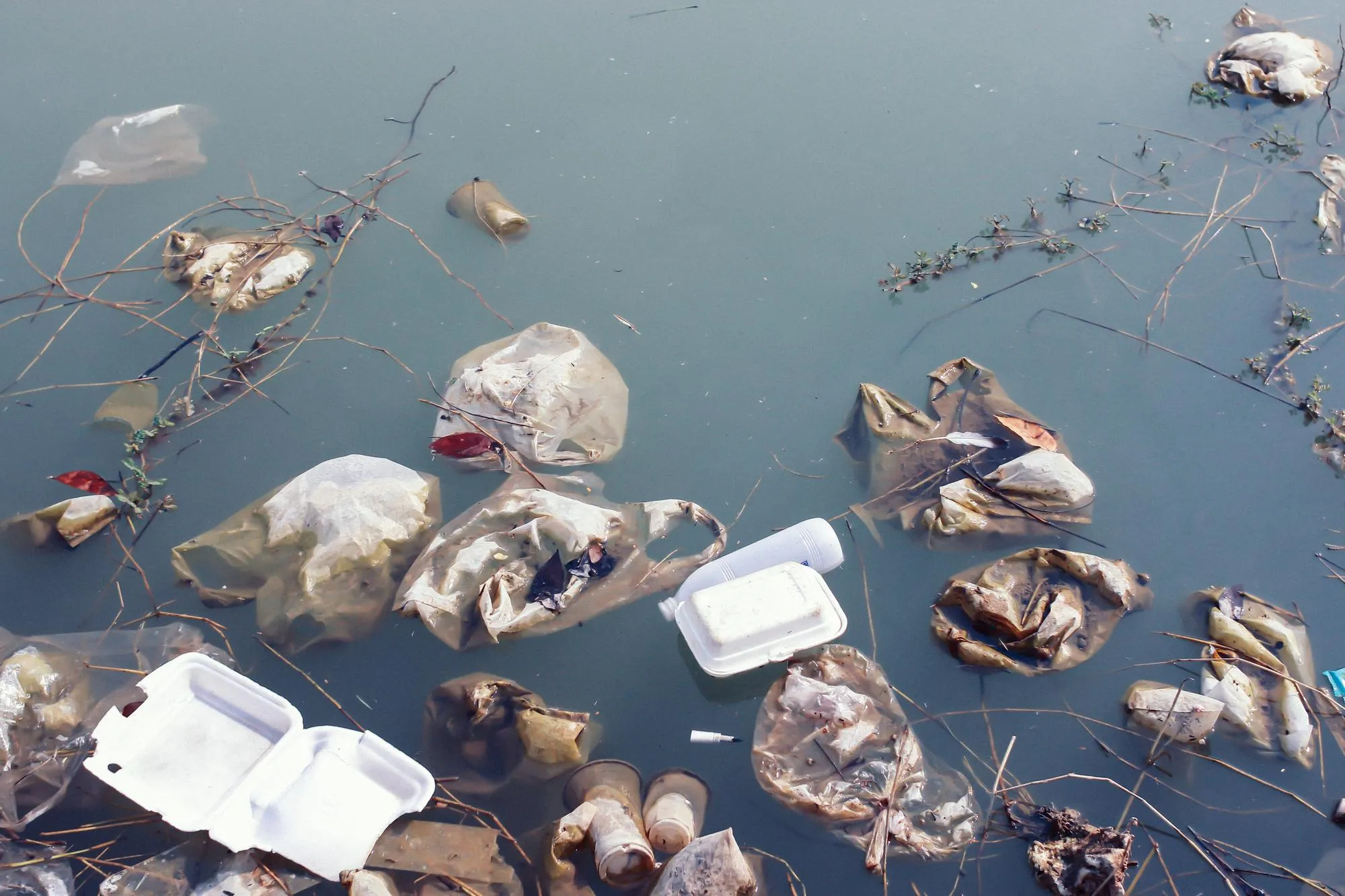Keywords
1. Nanoplastics toxicity
2. Microcystin-LR effects
3. Environmental risk assessment
4. Liver-gut axis disruption
5. Aquaculture pollutants
The aquatic ecosystems, often perceived as vast and robust, are under unprecedented threat from a silent yet pervasive crisis: the copresence of nanoplastics (NPs) and microcystins (MCs) – the former originating from the degradation of plastic products and the latter from toxic cyanobacterial blooms. A recent study published on January 12, 2024, in the journal “Science of the Total Environment” bears worrying implications for the liver-gut axis of Hypophthalmichthys molitrix, commonly known as silver carp, a staple in commercial fisheries. This research article (DOI: 10.1016/j.scitotenv.2024.170011) offers novel insights into how these contaminants might together exacerbate health risks, not just in aquatic species but also for humans reliant on these species for nutrition.
The study, led by Zhang Chaonan and a team of environmental scientists from the Zhejiang Provincial Key Laboratory of Organic Pollution Process and Control at Zhejiang University, bridges traditional toxicology and advanced multi-omics to decipher the intricate impacts of NPs and MCs on silver carp, a species farmed widely across aquaculture facilities. The team’s findings underscore a compelling need to revisit current environmental regulations and aquaculture practices, especially when gleaned against a backdrop of the intensifying global plastic crisis and the recurrent episodes of harmful algal blooms.
Nanoplastics: An Underestimated Peril
When plastics disintegrate, they form particles less than 100 nanometers in size, known as nanoplastics. Due to their minuscule size, NPs can evade detection and permeate environmental barriers, ultimately accumulating in the tissues of aquatic organisms. In the study, exposure to polystyrene (PS) nanoplastics resulted in significant anatomical changes within the silver carp, notably in the shortening of villi – tiny, finger-like projections in the intestine that absorb nutrients.
As detailed within the scope of the paper, with increasing concentrations of PS-NPs, the effect became more pronounced, pointing towards a dose-dependent mechanism of toxicity. Furthermore, high levels of PS-NPs in conjunction with MC-LR, a potent toxin produced by cyanobacteria, magnified the damage, leading to increased spacing in hepatocytes – the main liver cells – and a loss of gill filaments, crucial for respiration in fish.
Microcystin-LR: A Co-conspirator in Toxicity
Microcystin-LR (MC-LR) is amongst the most commonly studied toxins released by harmful algal blooms. While its effects on aquatic life have been documented individually, when paired with nanoplastics, the study reveals an unsettling synergy. The research suggests that MC-LR may have a more substantial role in altering liver metabolism than PS-NPs, affecting crucial pathways involved in glycerophospholipid metabolism and folic acid biosynthesis.
The Disruption of the Microbiome
A standout aspect of the research is its focus on the gut microbiome, a critical determinant of health in both aquatic species and humans. Following exposure to PS-NPs and MC-LR, the diversity and richness of intestinal microbes in silver carp surged. However, this increase is indicative of a microbial imbalance, which is often a harbinger of health issues. The study found a correlation between the altered liver metabolites – specifically those involved in glycerophospholipid metabolism – and changes in gut bacterial communities, suggesting a multi-faceted toxic effect.
Environmental and Public Health Implications
Zhang Chaonan’s team’s findings are unsettling, illustrating the broader environmental and public health concerns stemming from nanoplastic and microcystin coexposure. The liver-gut axis is pivotal for nutrient absorption and detoxification – essential processes for the survival and growth of fish. Disturbances to this system could not only affect the health and population dynamics of aquatic species but might also translate to risks for human consumers.
The silver carp, being a globally farmed fish, is part of a critical food supply chain. Therefore, any threat to its wellbeing reverberates through to the dietary health of those reliant on these fish for sustenance. Potential health risks posed by the consumption of fish affected by a disrupted microbiome or compromised liver function are a cause for concern and call for monitoring and mitigating strategies in aquaculture practices.
The Need for Action
The burgeoning body of evidence illustrated in this research underscores the urgency for environmental bodies and policy-makers to refine detection methods for NPs and to better understand the dynamics of cyanobacterial bloom formation. There is a pressing need to re-evaluate the threshold limits and safety guidelines for these pollutants in aquatic environments.
Moreover, the study advocates for a preventive approach, including the reduction of plastic use, improvement in waste management systems, and tighter regulations on aquaculture practices. It also reinforces the value of ongoing investigations into identifying potential microbial and metabolite biomarkers in aquatic species, which could, in turn, pave the way for novel diagnostic and remediation techniques.
References
1. Zhang, C., Bao, F., Wang, F., Xue, Z., & Lin, D. (2024). Toxic effects of nanoplastics and microcystin-LR coexposure on the liver-gut axis of Hypophthalmichthys molitrix. Science of The Total Environment, 170011. https://doi.org/10.1016/j.scitotenv.2024.170011
2. Rosenfeld, C. S. (2017). Gut Dysbiosis in Animals Due to Environmental Chemical Exposures. Frontiers in Cellular and Infection Microbiology, 7, 396. https://doi.org/10.3389/fcimb.2017.00396
3. Rochman, C. M., Hoh, E., Kurobe, T., & Teh, S. J. (2013). Ingested plastic transfers hazardous chemicals to fish and induces hepatic stress. Scientific Reports, 3, 3263. https://doi.org/10.1038/srep03263
4. Ibelings, B. W., & Chorus, I. (2007). Accumulation of cyanobacterial toxins in freshwater “seafood” and its consequences for public health: A review. Environmental Pollution, 150(1), 177-192. https://doi.org/10.1016/j.envpol.2007.06.004
5. Wang, Z., & Lin, T. (2020). Modern analytical techniques in metabolomics analysis. Analyst, 145(3), 745-769. https://doi.org/10.1039/C9AN01939A
Declaration of Competing Interest
The authors declare that they have no known competing financial interests or personal relationships that could have appeared to influence the work reported in this paper.
